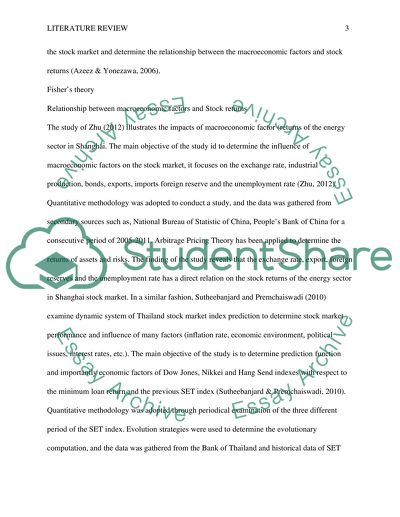Cite this document
(“The study in economic factors affecting on the value of Stock Exchange Literature review”, n.d.)
The study in economic factors affecting on the value of Stock Exchange Literature review. Retrieved from https://studentshare.org/finance-accounting/1650605-the-study-in-economic-factors-affecting-on-the-value-of-stock-exchange-of-thailand-index-set-index
The study in economic factors affecting on the value of Stock Exchange Literature review. Retrieved from https://studentshare.org/finance-accounting/1650605-the-study-in-economic-factors-affecting-on-the-value-of-stock-exchange-of-thailand-index-set-index
(The Study in Economic Factors Affecting on the Value of Stock Exchange Literature Review)
The Study in Economic Factors Affecting on the Value of Stock Exchange Literature Review. https://studentshare.org/finance-accounting/1650605-the-study-in-economic-factors-affecting-on-the-value-of-stock-exchange-of-thailand-index-set-index.
The Study in Economic Factors Affecting on the Value of Stock Exchange Literature Review. https://studentshare.org/finance-accounting/1650605-the-study-in-economic-factors-affecting-on-the-value-of-stock-exchange-of-thailand-index-set-index.
“The Study in Economic Factors Affecting on the Value of Stock Exchange Literature Review”, n.d. https://studentshare.org/finance-accounting/1650605-the-study-in-economic-factors-affecting-on-the-value-of-stock-exchange-of-thailand-index-set-index.


